Caution: This post uses photos of game animals both alive and dead. Move on if you are sensitive to such images. Complaints and whining are not allowed.
Harvested wildlife must be quickly field dressed and may need to be cut into smaller pieces for carrying it back to camp before hanging the meat to cool. But the first step is to find where your target animal likes to be during hunting season.
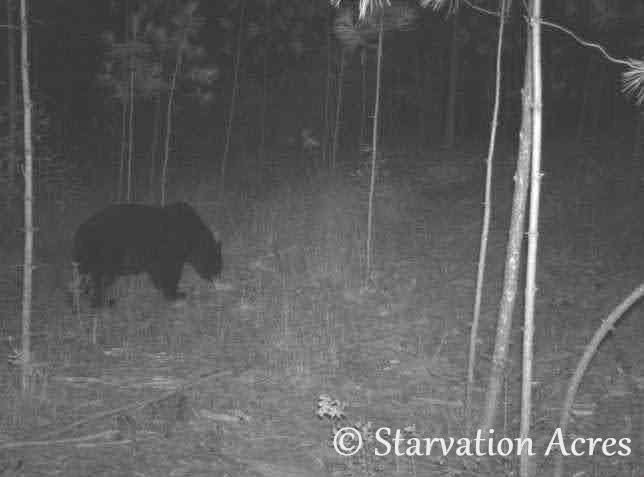
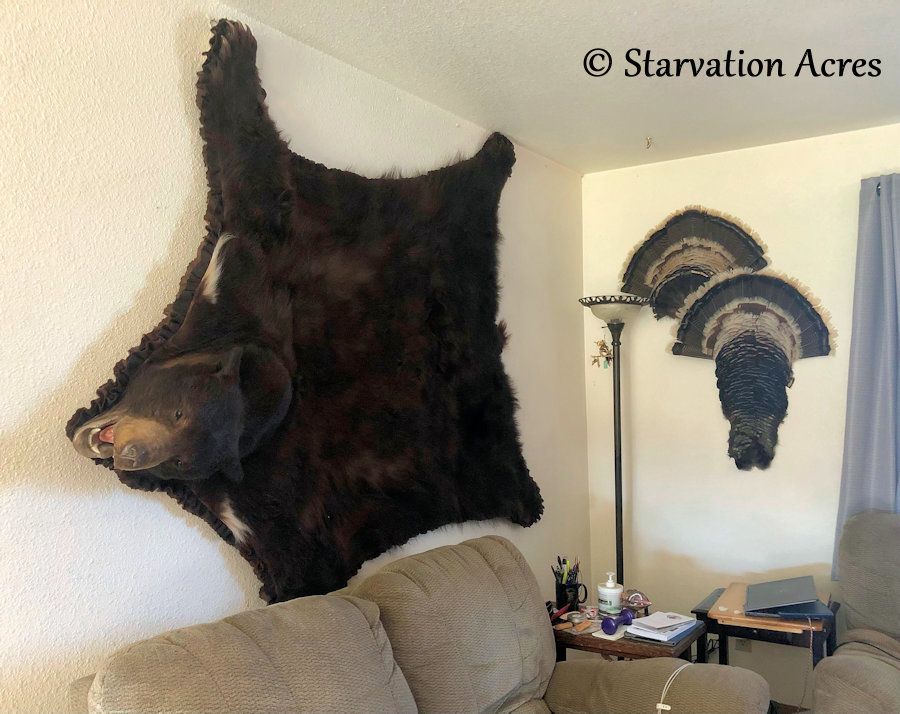
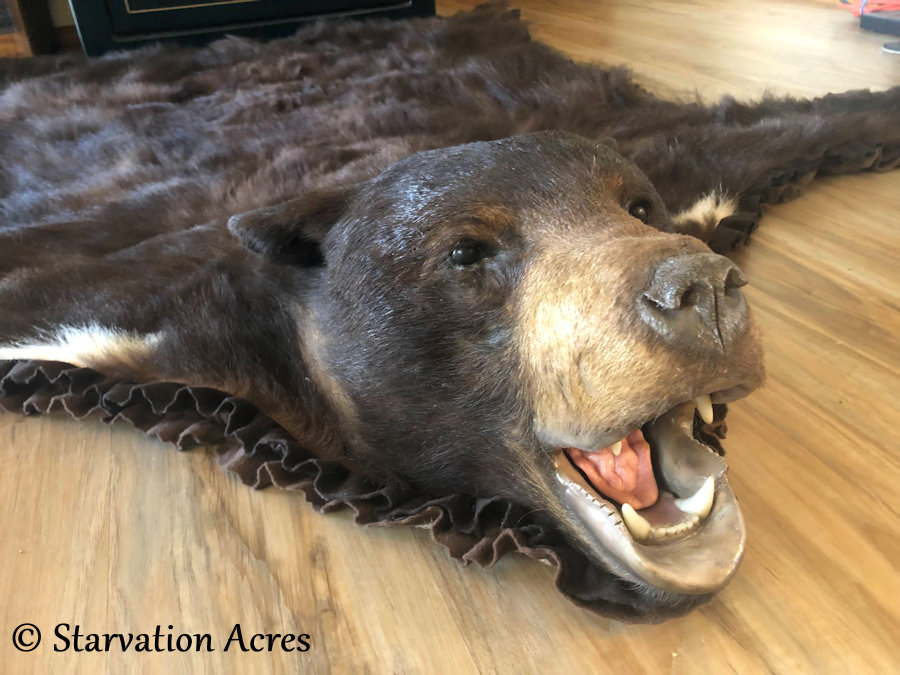
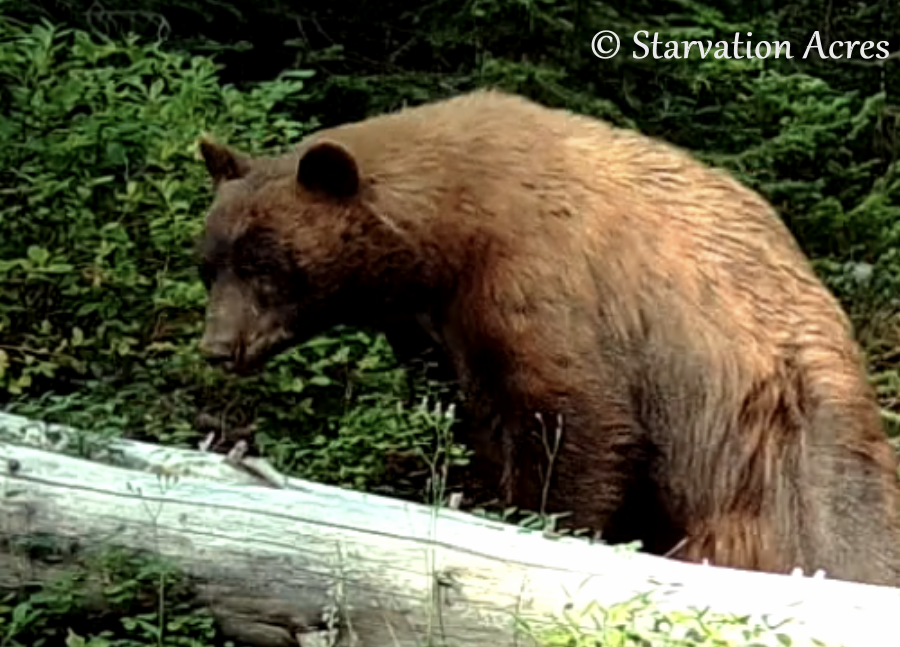
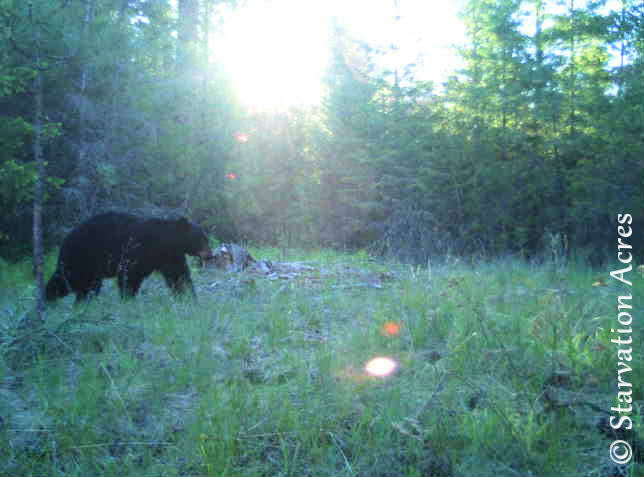
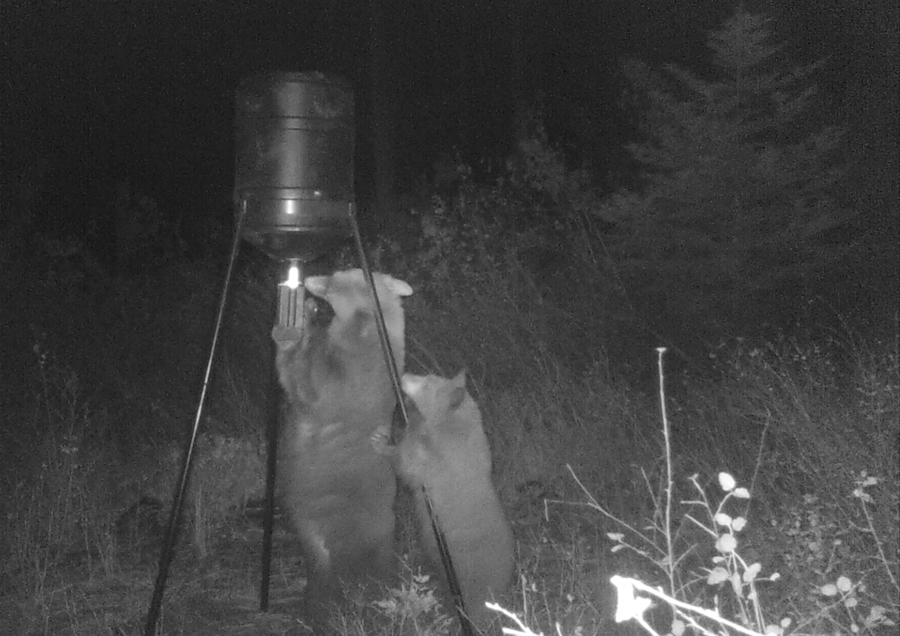
Starting the moment a bear emerges from their winter den, their focus is on getting fat enough to survive the next winter. This drive can cause them to be dangerous. The fat also makes their carcass more difficult to deal with after killing one of them. We took 52# of fat off the big boar (male bear) below.
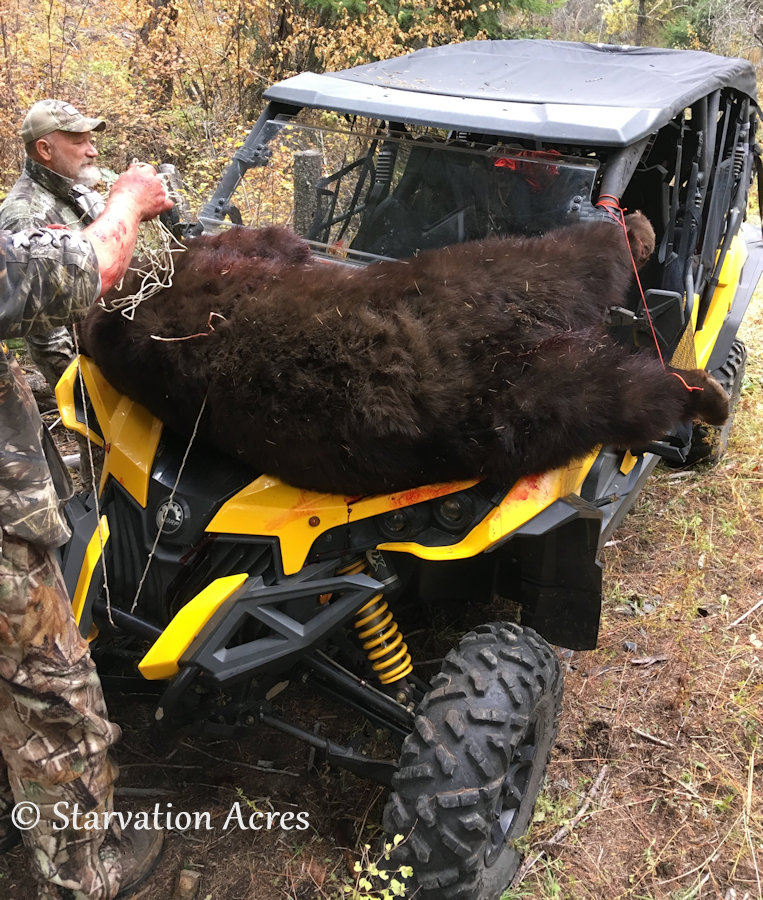
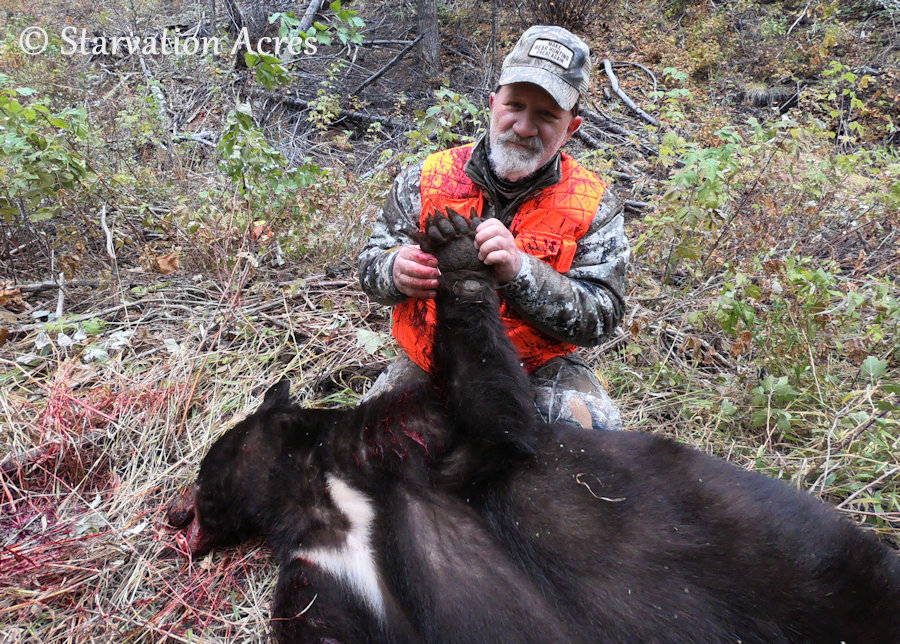
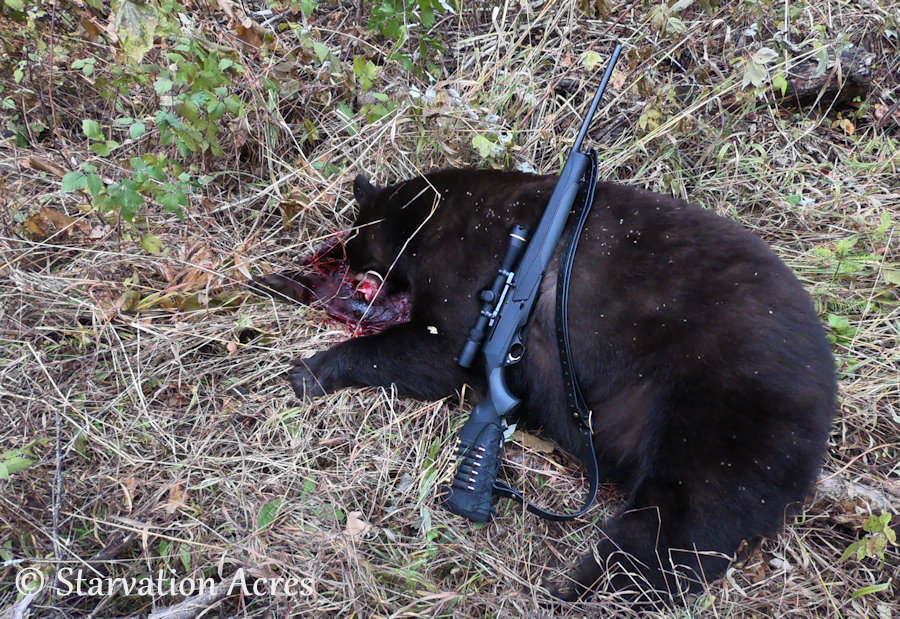
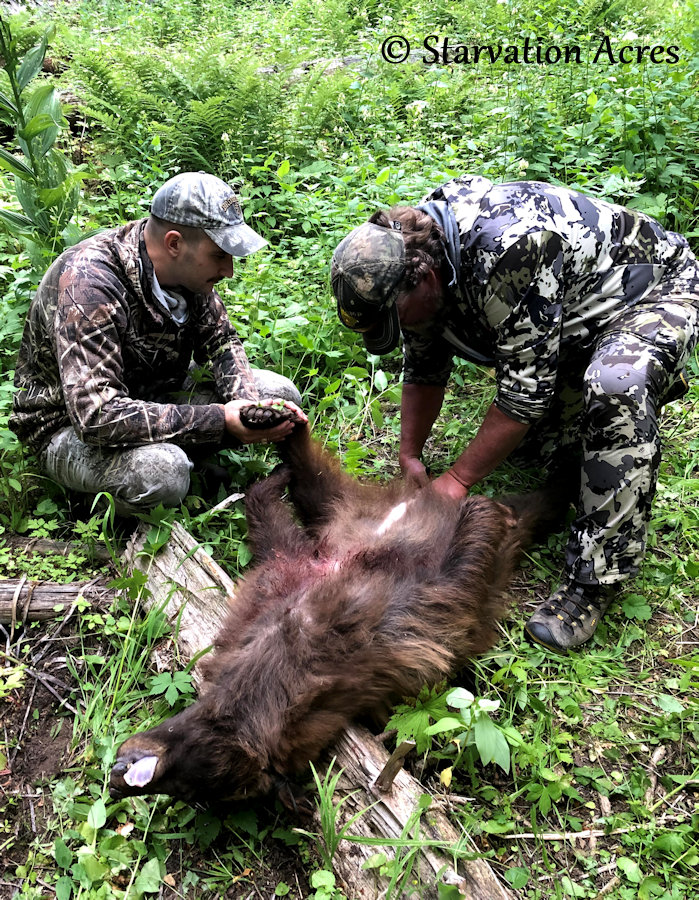
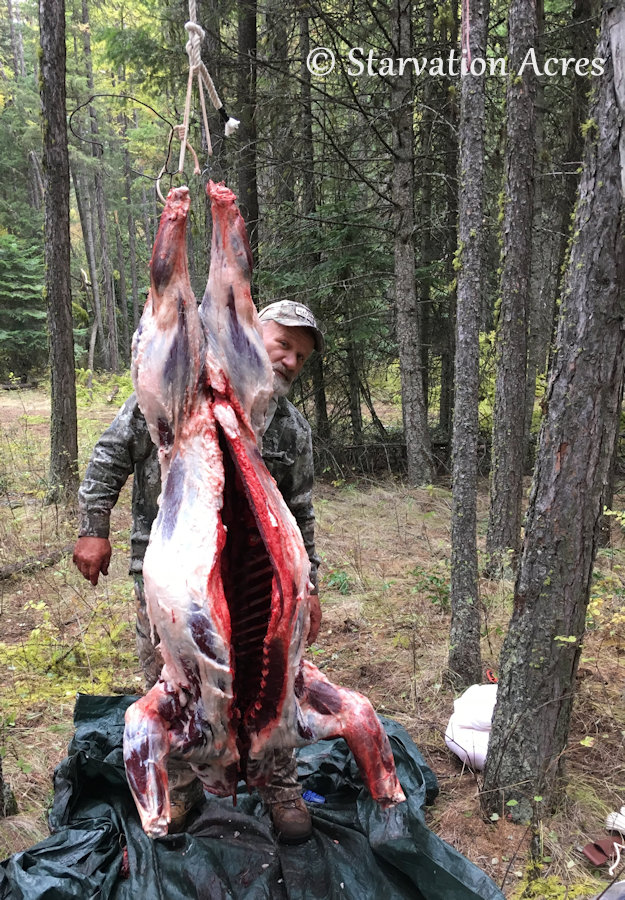
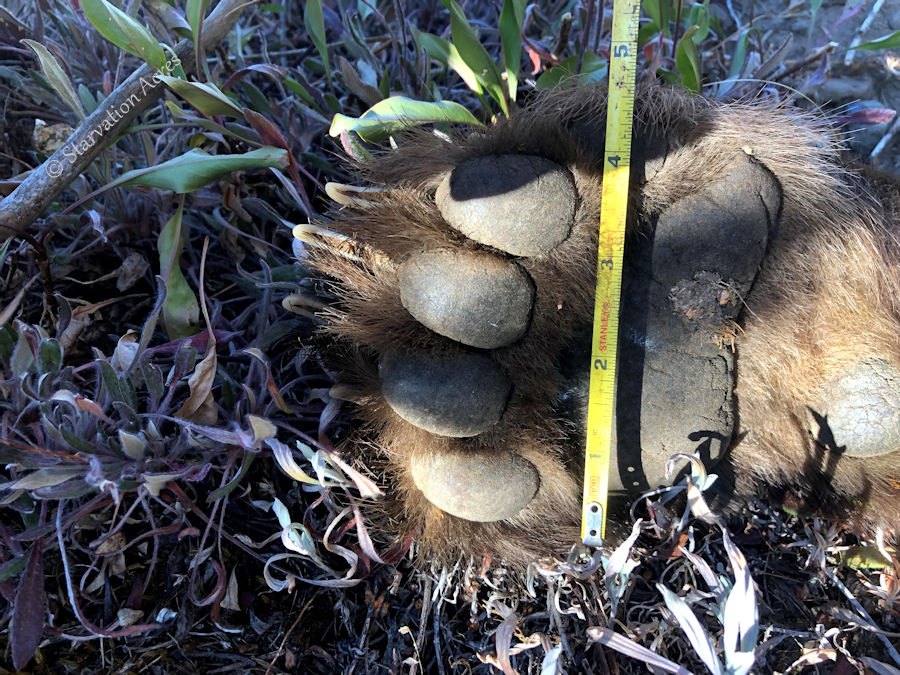
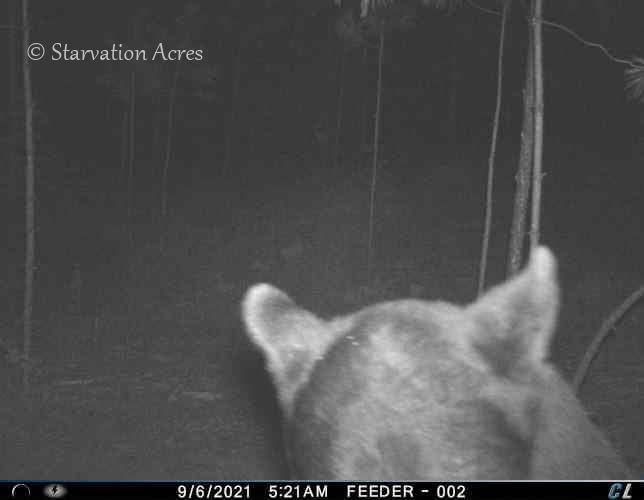
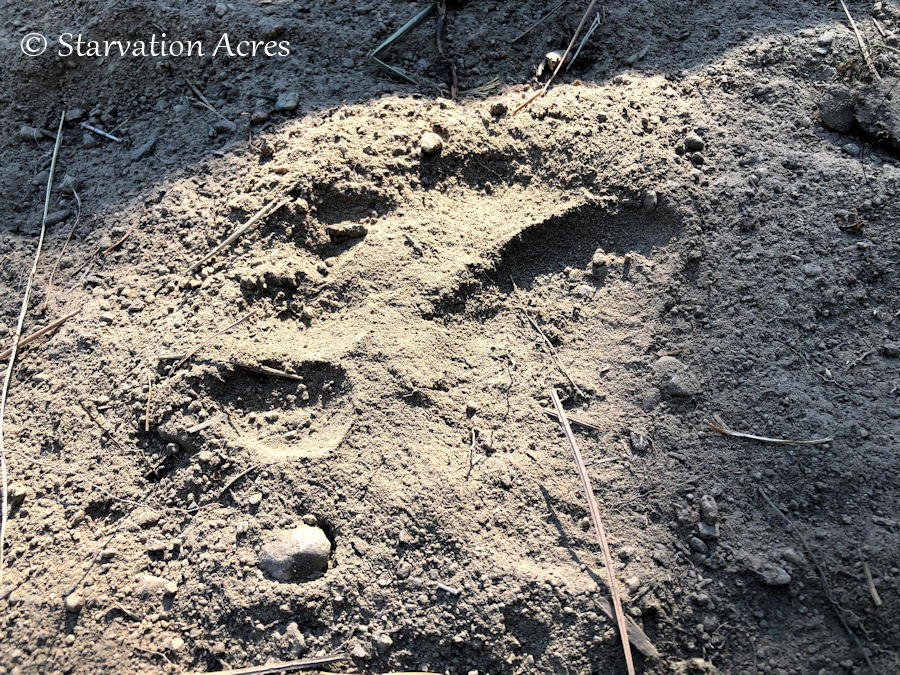
Bears are cool and exciting to hunt, but turkey hunting is also exciting and their season is open in the spring. It’s been said that turkeys can seem to be either the smartest or the most stupid animal in the forest. There’s no doubt their wiley nature is what makes them such great sport to hunt.
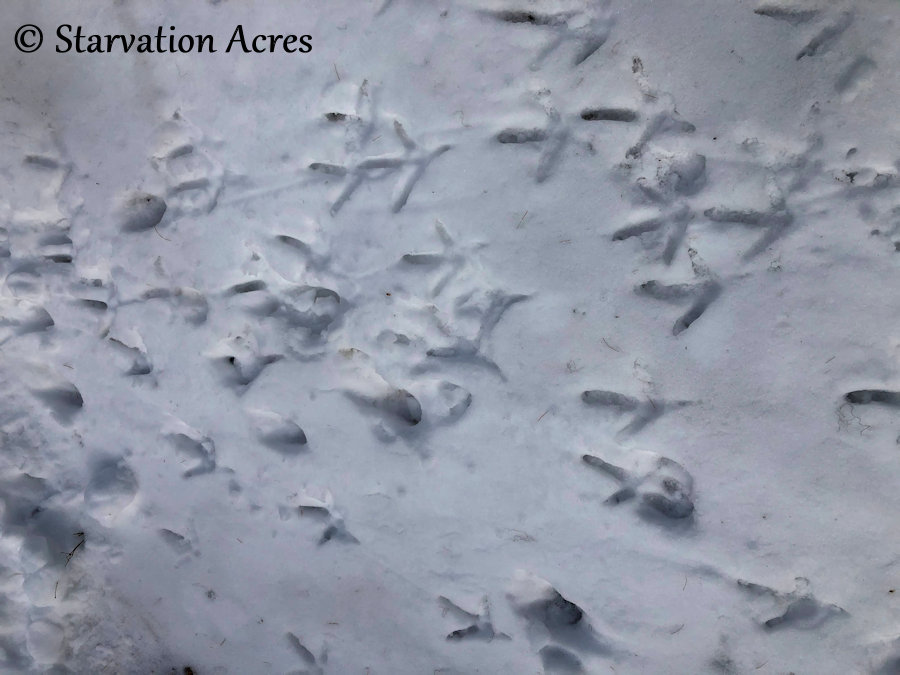
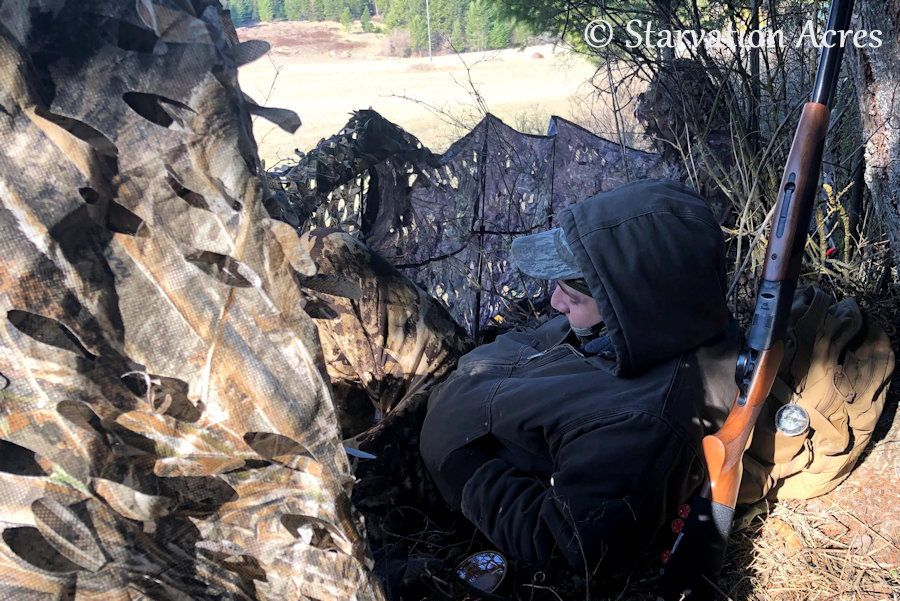
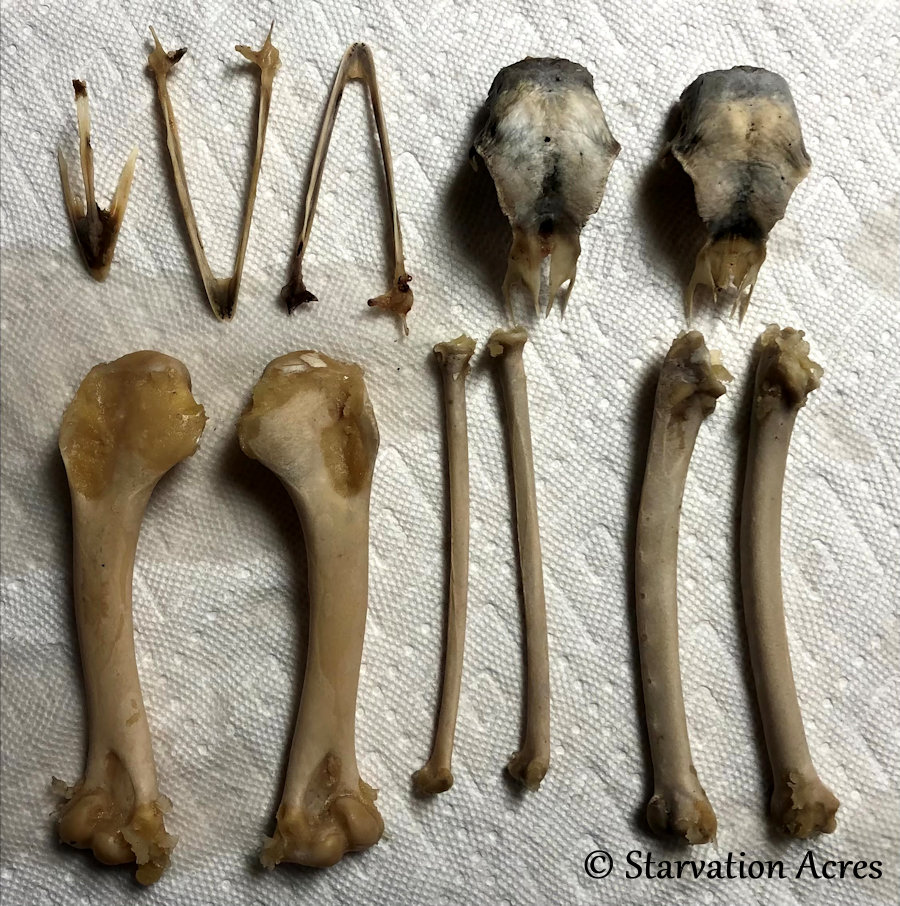
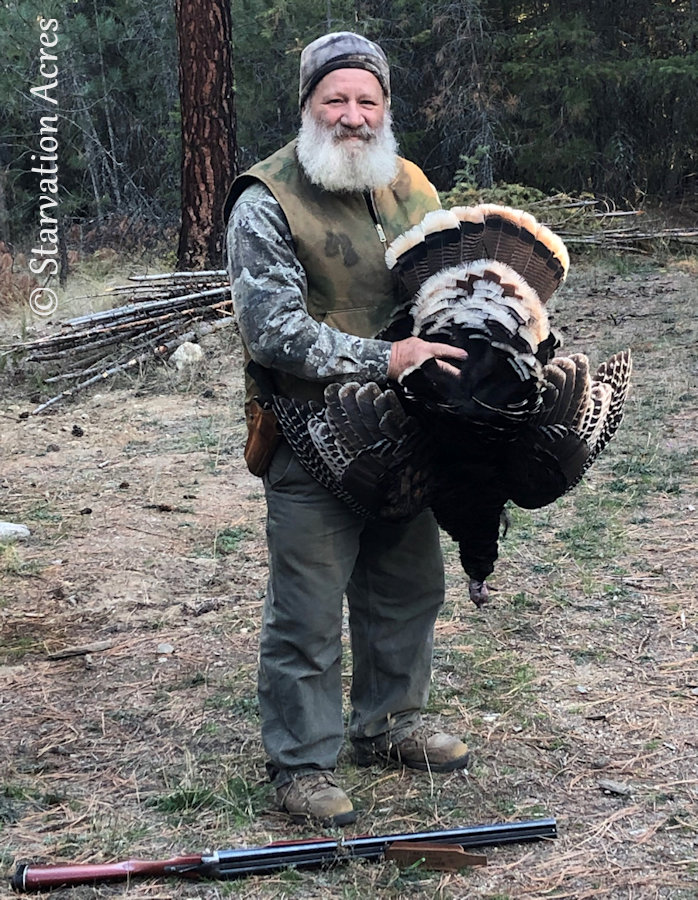
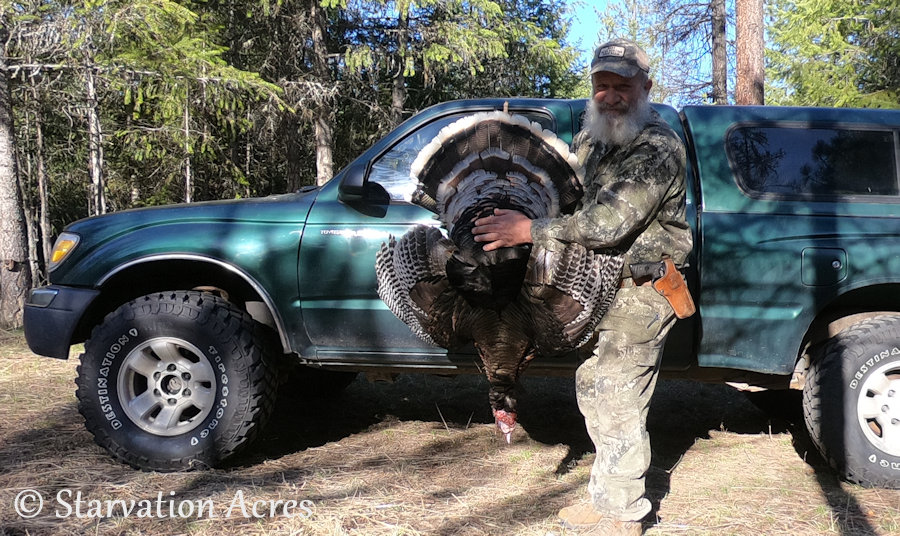
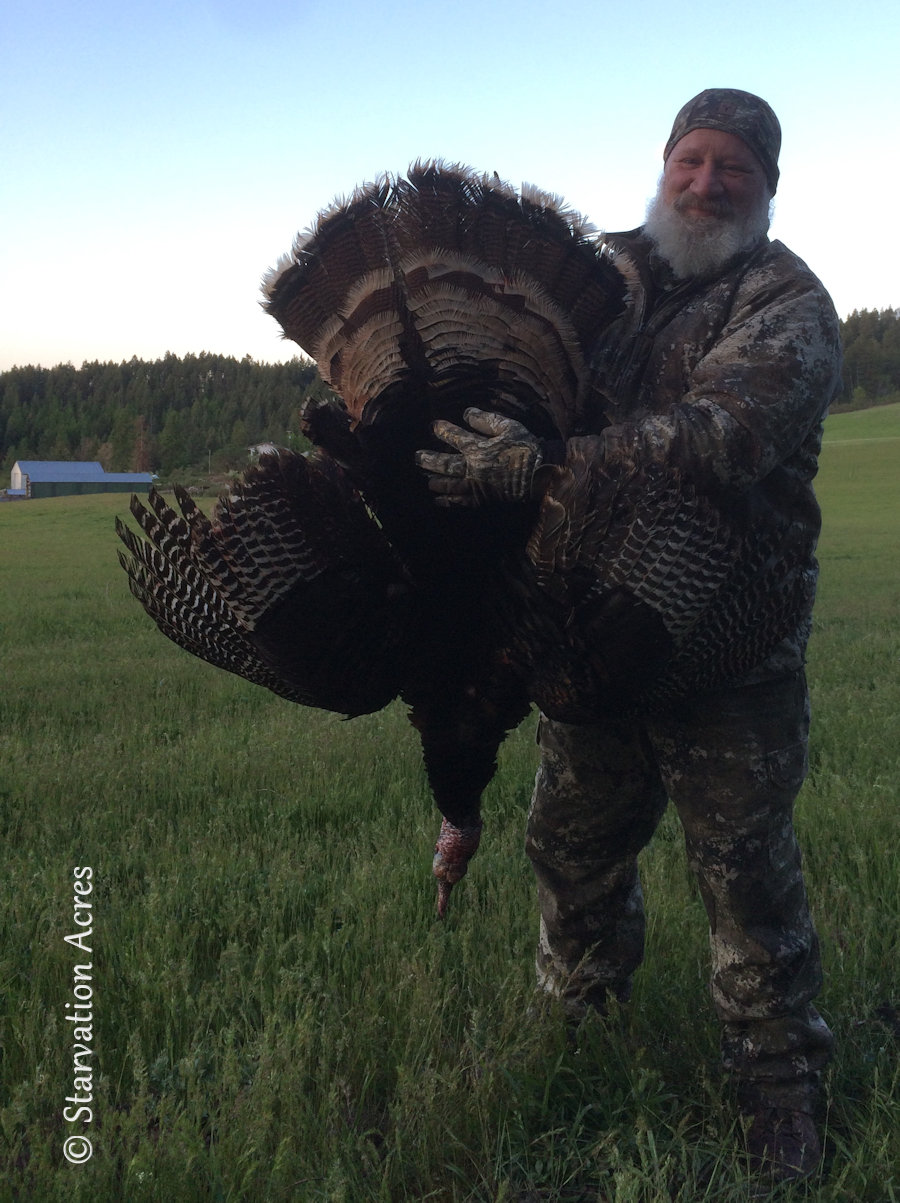
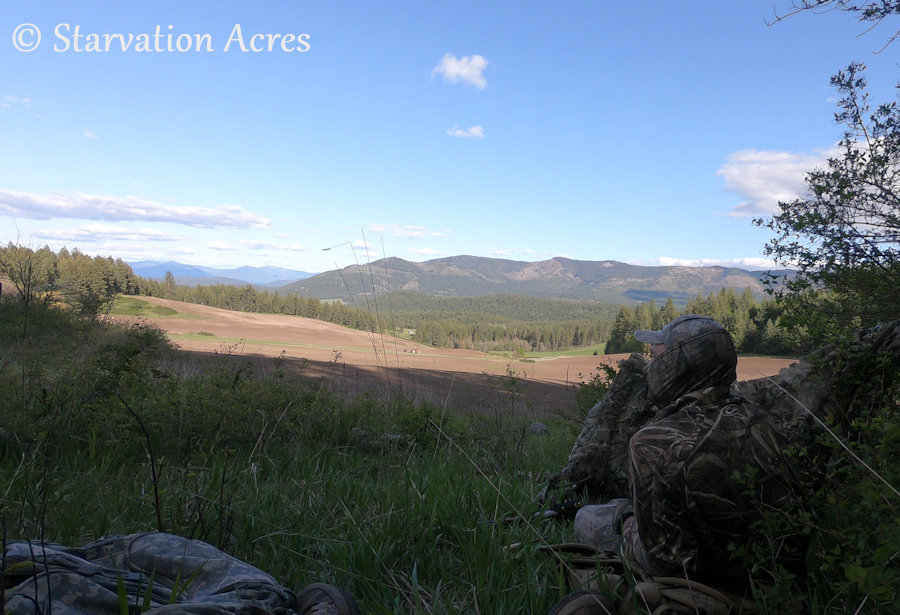
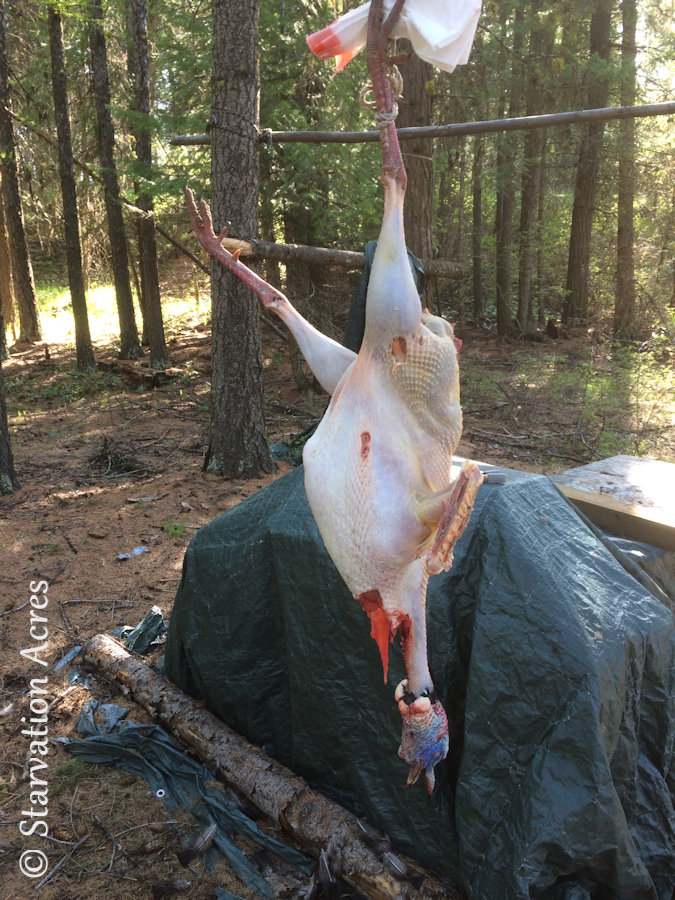
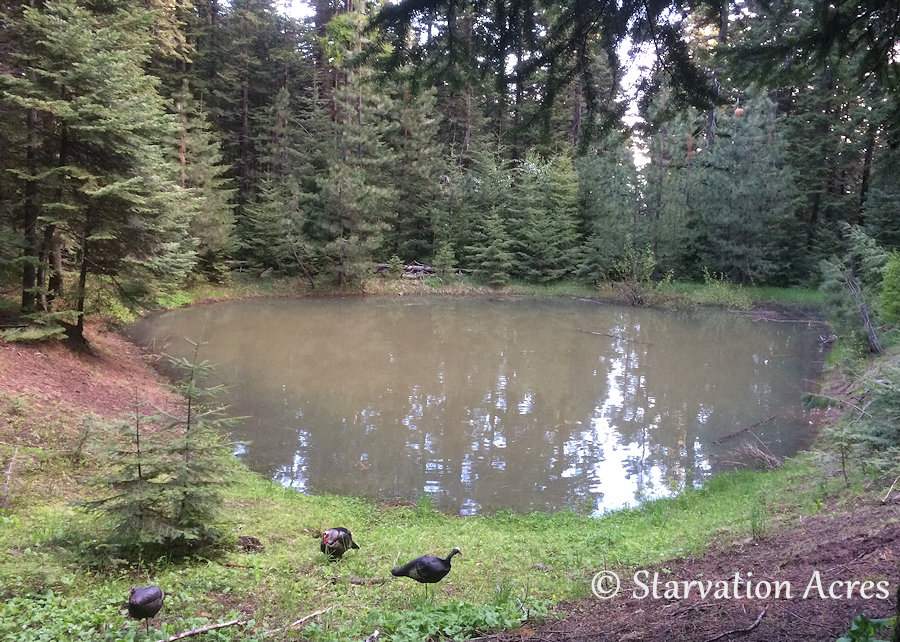
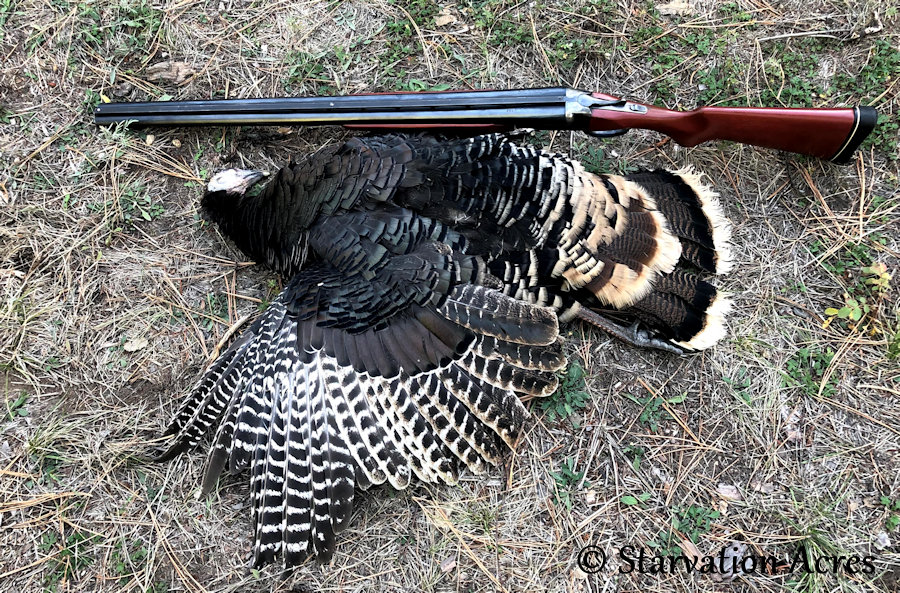
White-tailed deer are a more typical prey for hunters than the rest of their ungulate cousins. While plentiful in many areas, they can move through the forest like ghosts and will gather ‘in plain sight’ in areas where hunting is not allowed.
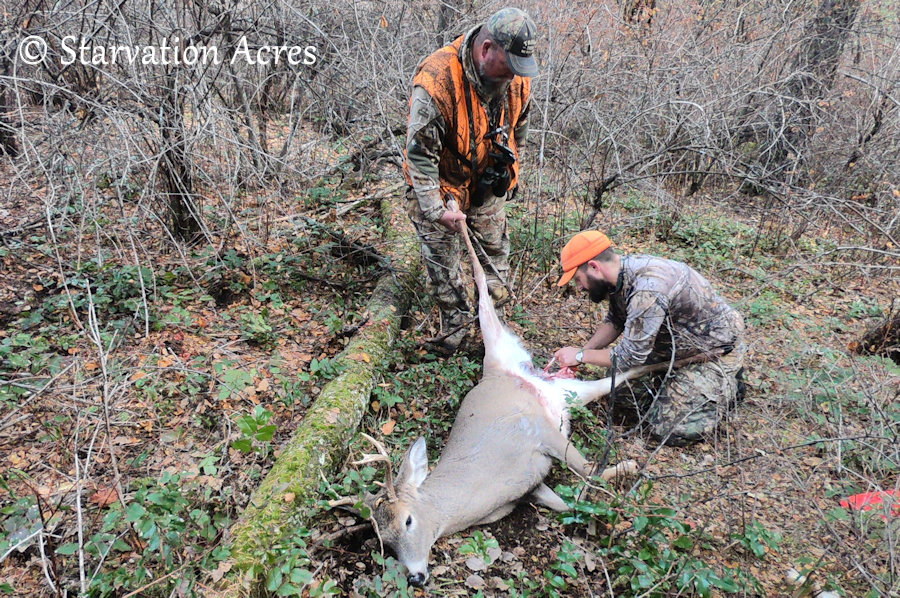
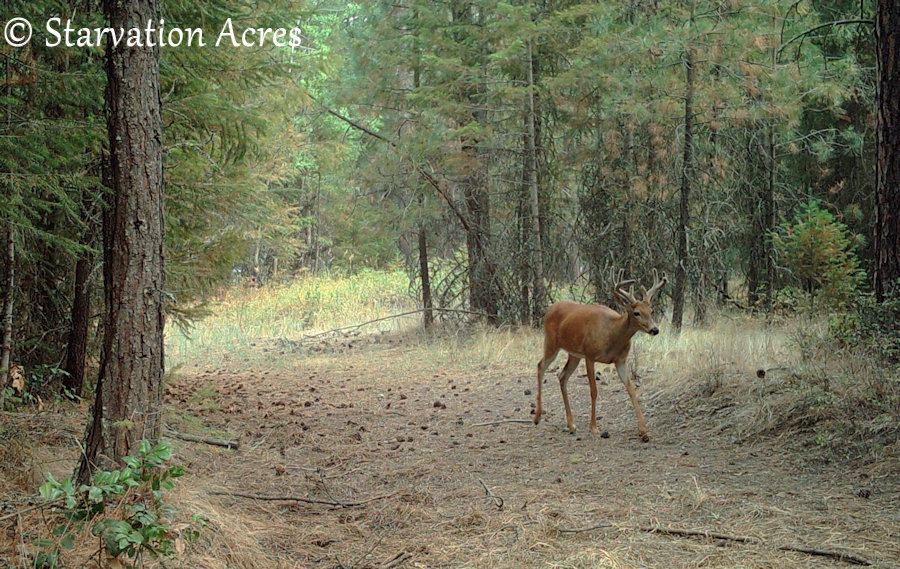
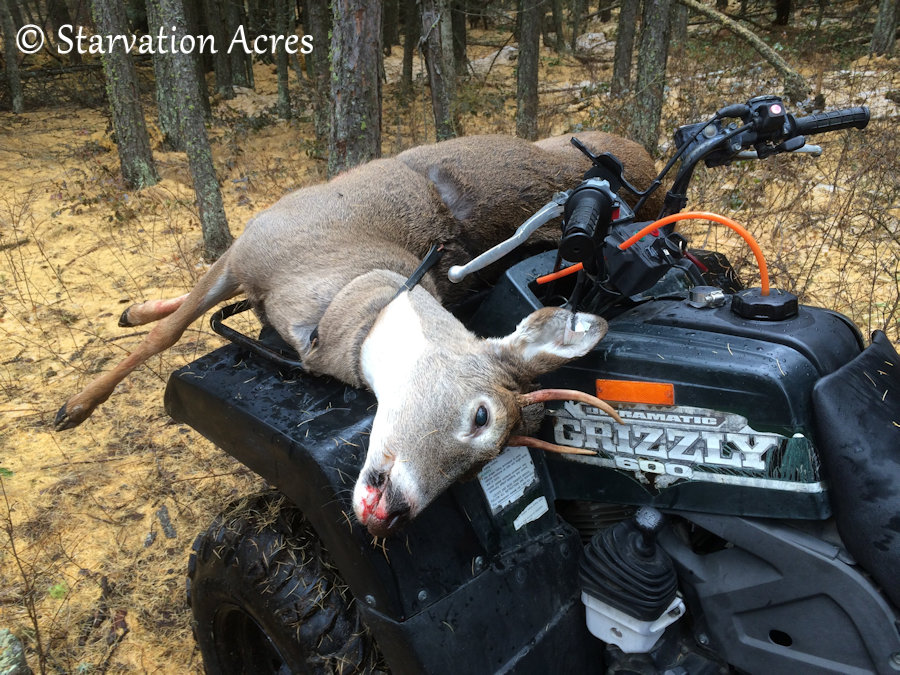
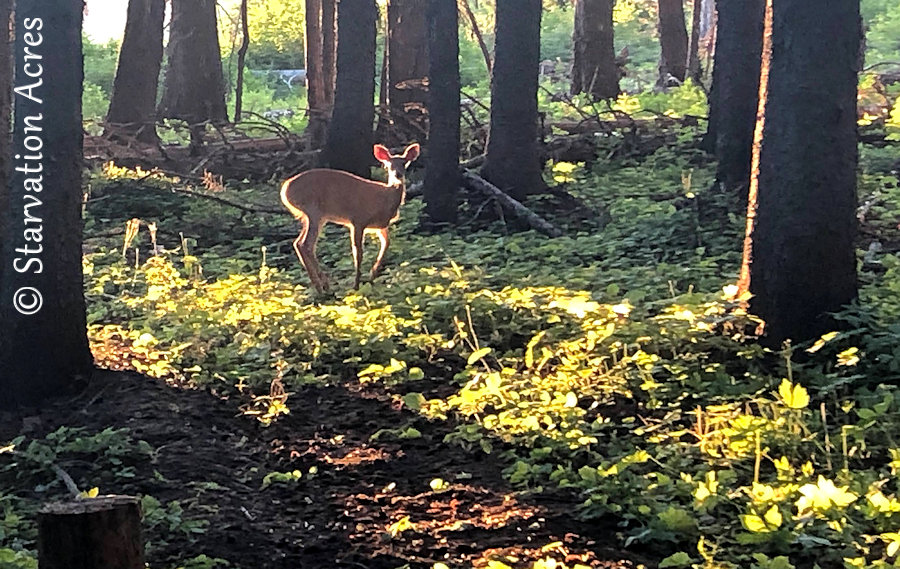
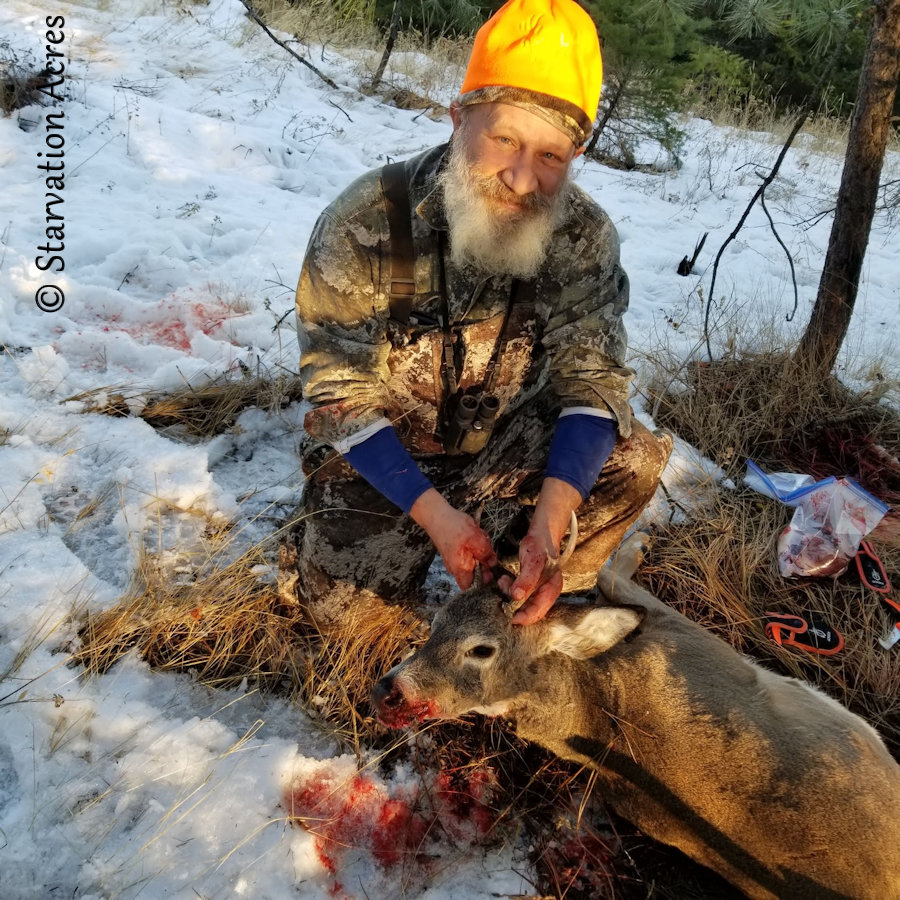
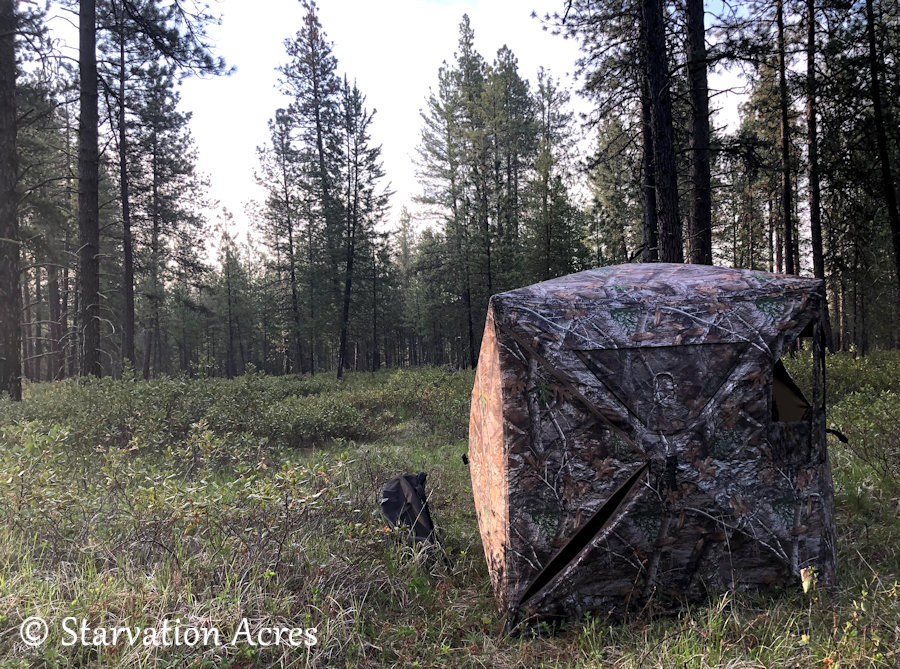
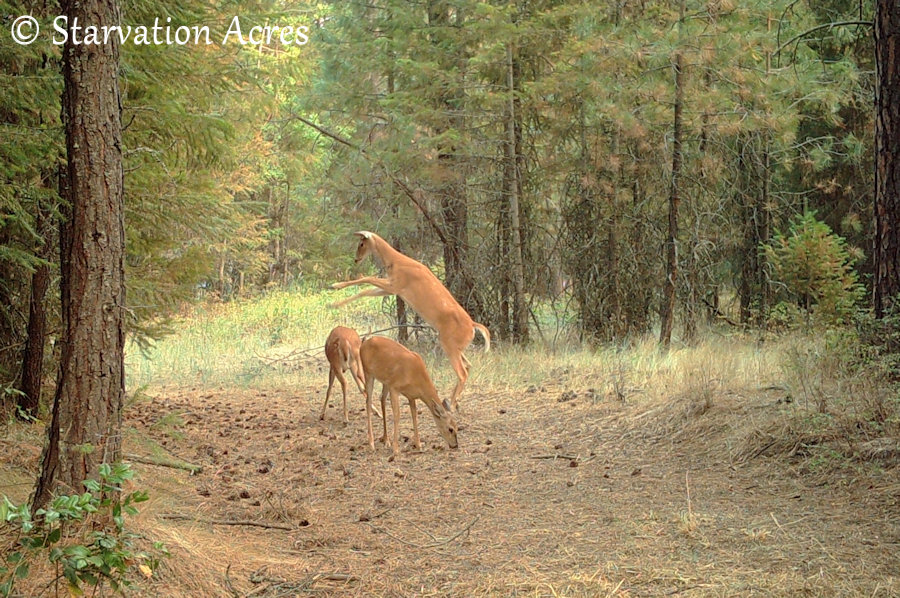
Other game animals include big game like moose and elk as well as small game like grouse, pheasant, quail, snowshoe hare and cottontail rabbit, bobcat, raccoon, as well as migratory game birds and fur bearers.
For information on regulations, licenses, seasons, and ‘hunter education’ requirements; visit the Washington Department of Fish and Wildlife.
